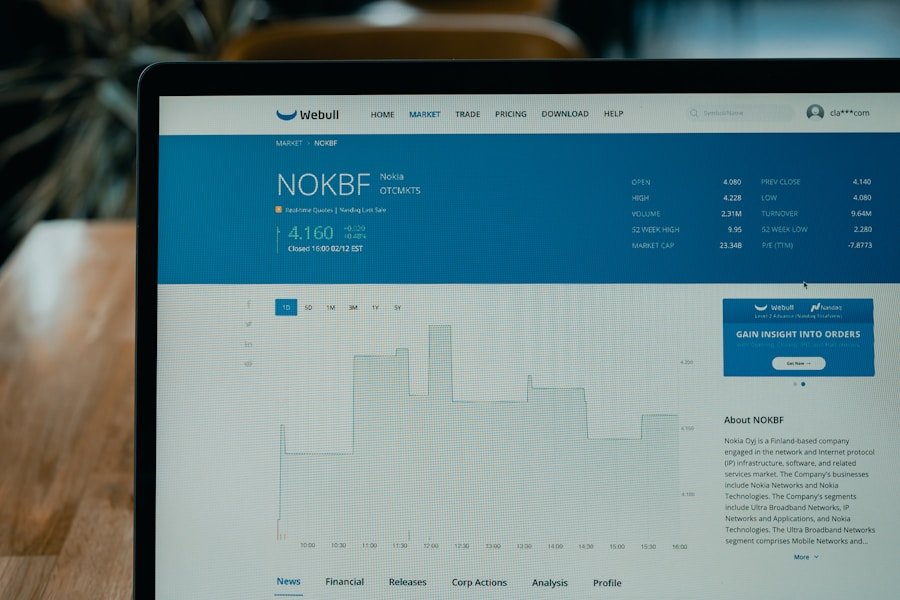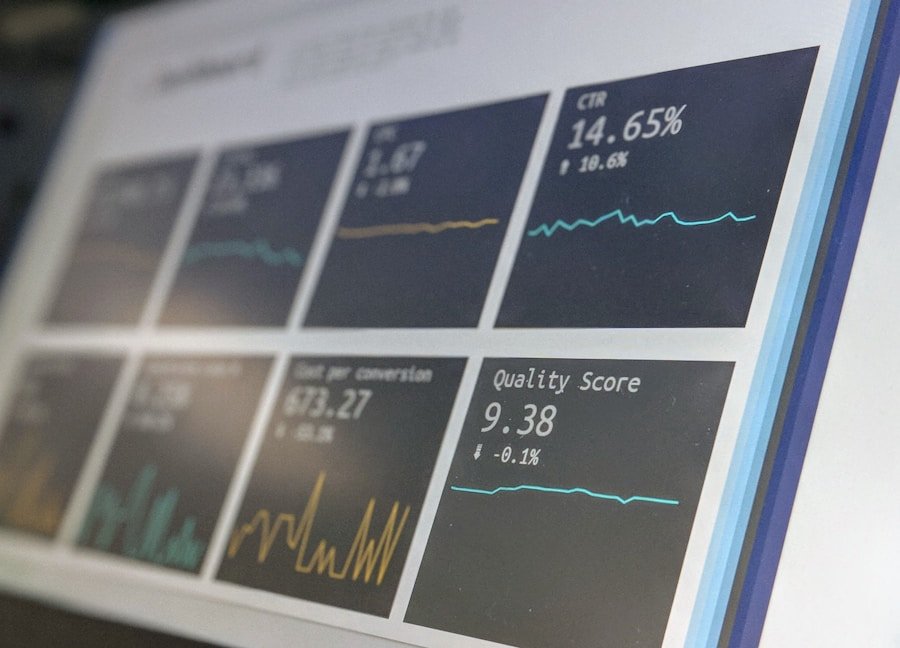In the realm of cybersecurity, password security is a vital aspect of safeguarding sensitive information and preventing unauthorized system and data access. Despite organizations’ efforts to establish robust password policies and educate users on creating secure passwords, vulnerabilities still exist that can be exploited by malicious entities. This is where password cracking tools like Hydra come into play.
Hydra is a potent tool utilized by security professionals and ethical hackers to assess password strength and identify potential security weaknesses in a system, thereby enabling proactive measures to bolster defenses.
Key Takeaways
- Hydra is a powerful password cracking tool that can be used to test the security of passwords.
- Understanding how Hydra works is essential for using it effectively and responsibly.
- Using Hydra comes with risks and benefits, and it is important to consider ethical implications.
- Best practices for using Hydra include obtaining proper authorization and respecting privacy.
- Real-world examples demonstrate Hydra’s effectiveness in breaking password security, highlighting the need for strong passwords and security measures.
Understanding Hydra: An Introduction to the Password Cracking Tool
Automating the Password Guessing Process
Hydra is designed to automate the process of guessing passwords by using a combination of brute force and dictionary attacks. Brute force attacks involve systematically trying every possible combination of characters until the correct password is found.
Dictionary Attacks
Dictionary attacks use a predefined list of words and phrases to guess the password. This approach can be particularly effective against passwords that are based on common words or phrases.
Customization and Efficiency
Hydra also supports the use of custom wordlists and can be configured to perform parallel attacks, making it a highly efficient tool for cracking passwords. This flexibility and customization capability make Hydra a valuable asset for anyone looking to crack passwords quickly and effectively.
How Hydra Works: Exploring the Mechanics of Password Guessing
Hydra works by sending login attempts to a target system using the specified protocol and service, along with a list of potential usernames and passwords. It then analyzes the responses from the target system to determine whether the login attempt was successful or not. If successful, Hydra logs the credentials and moves on to the next set of login attempts.
This process continues until all possible combinations have been exhausted or until the correct credentials are found. Hydra’s ability to automate this process makes it an invaluable tool for security professionals who need to test the strength of passwords and identify potential vulnerabilities in a system’s security.
The Risks and Benefits of Using Hydra for Security Testing
| Metrics | Data |
|---|---|
| Number of password attempts per second | 10,000 |
| Supported protocols | FTP, HTTP, HTTPS, SMB, SSH, Telnet, and more |
| Operating systems | Windows, Linux, macOS |
| Attack modes | Brute force, dictionary, hybrid |
While Hydra can be an effective tool for testing password security, it also comes with certain risks and ethical considerations. Using Hydra to crack passwords without proper authorization is illegal and unethical, and can result in severe legal consequences. Additionally, using Hydra on systems that you do not own or have explicit permission to test can lead to serious security breaches and damage to the target system.
However, when used responsibly and ethically, Hydra can be a valuable asset for security professionals who need to assess the strength of passwords and identify potential weaknesses in a system’s security. On the other hand, the benefits of using Hydra for security testing are significant. By identifying weak passwords and potential vulnerabilities in a system’s security, organizations can take proactive measures to strengthen their defenses and prevent unauthorized access to sensitive information.
This can help prevent data breaches, financial losses, and damage to an organization’s reputation. Additionally, using Hydra can help security professionals gain valuable insights into common password patterns and behaviors, which can inform future password policies and security measures.
Best Practices for Using Hydra Ethically and Responsibly
To use Hydra ethically and responsibly, security professionals should always obtain proper authorization before conducting any password cracking tests. This means obtaining explicit permission from the owner of the target system or network, and ensuring that all testing is conducted in a controlled environment to minimize the risk of unintended consequences. Additionally, security professionals should always adhere to legal and ethical guidelines when using Hydra, and should never attempt to crack passwords on systems that they do not have explicit permission to test.
Furthermore, it is important for security professionals to use Hydra in conjunction with other security testing tools and techniques, such as vulnerability scanning and penetration testing, to provide a comprehensive assessment of a system’s security. By taking a holistic approach to security testing, organizations can identify and address potential vulnerabilities before they can be exploited by malicious actors. Finally, security professionals should always prioritize the protection of sensitive information and respect the privacy of individuals when using Hydra for security testing.
Real-World Examples of Hydra’s Effectiveness in Breaking Password Security
Financial Institution Case Study
A large financial institution used Hydra to test the strength of its employees’ passwords. The results were alarming, revealing that a significant number of employees were using weak passwords that could be easily cracked using brute force or dictionary attacks.
Implementing Stronger Password Policies
As a result, the organization was able to implement stronger password policies and educate employees about the importance of creating secure passwords. This helped prevent unauthorized access to sensitive financial data, ensuring the security of the institution’s assets.
Government Agency Case Study
Another example is the case of a government agency that used Hydra to test the security of its internal network. The agency discovered that several critical systems were vulnerable to password guessing attacks, which could have potentially led to unauthorized access to classified information.
Preventing Security Breaches
By using Hydra to identify these vulnerabilities, the agency was able to implement stronger security measures and prevent potential security breaches. This proactive approach ensured the protection of sensitive information and maintained the integrity of the agency’s systems.
Alternatives to Hydra: Exploring Other Password Cracking Tools
While Hydra is a powerful and versatile password cracking tool, there are also other tools available that can be used for similar purposes. One popular alternative to Hydra is John the Ripper, which is a fast password cracker that supports various encryption algorithms and hash types. John the Ripper is known for its speed and efficiency in cracking passwords, making it a valuable tool for security professionals who need to test password security.
Another alternative is Hashcat, which is a highly efficient password cracking tool that supports various hash algorithms and attack modes. Hashcat is known for its ability to crack complex passwords and has been used by security professionals to test the strength of passwords in a wide range of environments.
The Future of Password Security and the Role of Tools like Hydra
As technology continues to evolve, so too will the methods used by malicious actors to exploit vulnerabilities in password security. This means that tools like Hydra will continue to play a critical role in helping organizations identify and address potential weaknesses in their systems’ security. However, it is important for organizations to stay ahead of emerging threats by implementing strong password policies, educating users about the importance of creating secure passwords, and regularly testing their systems’ security using tools like Hydra.
In conclusion, Hydra is a powerful password cracking tool that can be used by security professionals to test the strength of passwords and identify potential vulnerabilities in a system’s security. When used ethically and responsibly, Hydra can help organizations prevent unauthorized access to sensitive information and strengthen their defenses against malicious actors. By understanding how Hydra works, adhering to best practices for ethical use, and staying ahead of emerging threats, organizations can leverage tools like Hydra to enhance their overall security posture and protect sensitive data from unauthorized access.
FAQs
What is Hydra?
Hydra is a popular and powerful password-cracking tool that is used to perform brute-force attacks on password-protected systems and services.
How does Hydra work?
Hydra works by systematically trying every possible password combination until the correct one is found. It can be used to attack various protocols and services, such as SSH, FTP, HTTP, and more.
Is Hydra legal to use?
Hydra is a tool that can be used for both legitimate and illegitimate purposes. It is legal to use Hydra for authorized penetration testing and security assessments, but using it for unauthorized access to systems or networks is illegal.
What are the potential risks of using Hydra?
Using Hydra to perform unauthorized password-cracking attacks can result in legal consequences, including criminal charges and penalties. Additionally, using Hydra to attack systems without permission can damage relationships and trust with the targeted organization.
How can Hydra be used responsibly?
Hydra should only be used for authorized security testing and penetration testing, with the explicit permission of the system or network owner. It is important to follow ethical guidelines and legal regulations when using Hydra to ensure responsible and lawful use.











